Control of mycotoxins should be focused within a program that is usually called “Integrated Control”.
This control consists of applying preventive measures in all phases of feed production. The controls and measures to be implemented should become extended to the following area :
- Growing food
- Storage, transport and distribution
- Feed contaminated
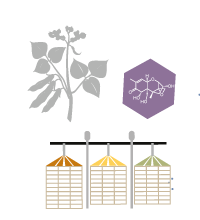

Growing Food
- Selection of varieties
- Control of insects and pests
- Fertilization
- Rotation of crops
- Harvest period
- Collection procedure
- Cleaning
- Drying

Storage, transport and distribution
- Pest control
- Moisture control
- Temperature control
- Cleaning of facilities

Treatments of feed contaminated
The measures to be applied may vary from mycotoxin to mycotoxin.
As for the industrial treatments of feed contaminated with mycotoxins is concerned, the following measures can be applied:
- Physical methods of elimination
- Physical methods of detoxification
- Absorption
- Biotransformation

Physical methods of elimination
Cleaning and separation
This method consists of elimination of the most contaminated grains and fractions.
Methods of manual separation, methods of flotation and density segregation can be used, for example, for corn or for groundnut.
In corn, broken grains contain more mycotoxins than whole grains.
The drawback of these methods is based on the fact that they do not allow complete separation of the contaminated fractions.
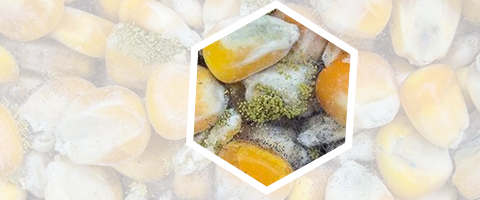
Wet milling
It is known that, during wet milling, Aflatoxin B1 and Zearalenone are mostly concentrated in washing water and in fiber. And, to a lesser extent in germ and gluten. However, the resulting starch is practically devoid of Aflatoxins.
It is an interesting procedure for obtaining starch, but not for the "by-products" used in animal feed, in which, on the contrary, the mycotoxins could undergo a process of concentration.
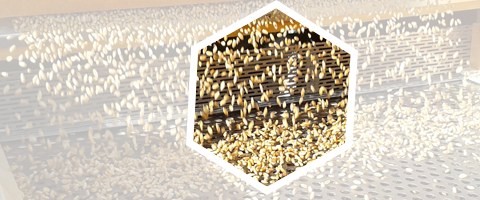
Dry milling

- In rice, 95% of Aflatoxins are in the bran.
- In wheat, most of Aflatoxins are located in peripheral areas as well.
- In corn, Aflatoxins are primarily located in seed and in foliage, which is not the case with Zearalenone, since it can be found in all fractions.

Physical methods of detoxification
Thermal deactivation
Aflatoxins are quite resistant to temperature.
- They are not destroyed completely using procedures such as autoclaving, boiling, or other thermal processes.
- Aflatoxin M1 is stable during the pasteurization of milk.
- In case of groundnuts, Aflatoxins can be destroyed, for example, by frying in oil or dry roasting.
- Microwave roasting also seems to be a good choice.
The fumonisin concentration decreases when foods are heat treated at temperatures higher than 150°C, although the total detoxification cannot be guaranteed. There is also some data on partial removal of Ochratoxins.
Irradiation
There is not much information about the effect of gamma and UV radiations based irradiation method on mycotoxins contaminated food.
Moreover, these processes are expensive and there is a reluctance on their application.
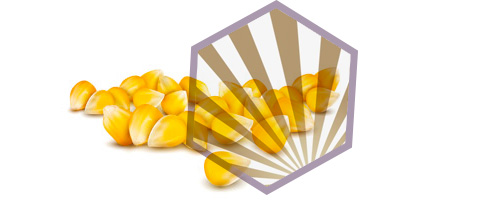

Adsorption
Adsorbents must be able to bind mycotoxins present in the contaminated feed without dissociating from them during their journey through the gastrointestinal tract of the animal, so that the mycotoxin-adsorbing agent complex can be eliminated through stool, thus minimizing animal exposure to mycotoxins (EFSA, 2009).
Main adsorbing agents
- Active carbon
- Silicates
- Silicates modified with organic compounds
- Yeast cell walls

Biotransformation
Another solution to relativize the harmful effect of mycotoxins is biotransformation, a cutting-edge mycotoxin deactivation method, which converts toxins into non-hazardous and less toxic metabolites.
This method is based on the fact that certain specialized microbes (bacteria, and yeasts) can use mycotoxins as nutrients and can convert mycotoxins to nontoxic forms. These bacteria use enzymes that break down mycotoxins.
The method of enzymatic biotransformation has been scientifically proven and there is already an enzyme authorized by the European Union, proven to biotransform Fumonisins into non-toxic metabolites.
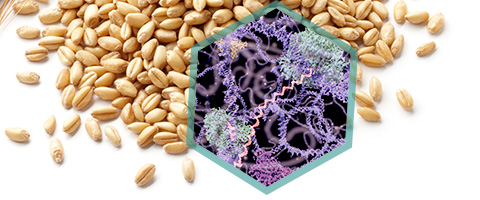

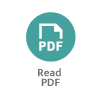


 Micotoxicosis prevention
Micotoxicosis prevention